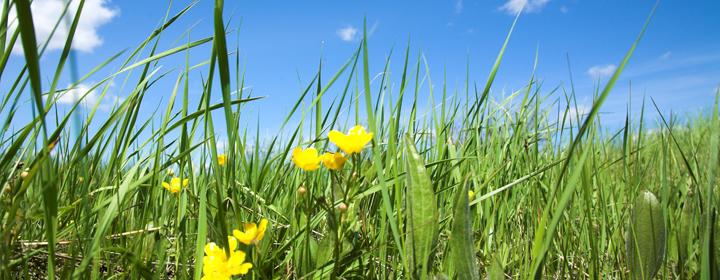Rent faktisk er meget medicin oprindeligt baseret på droger. Og det er ikke lige meget om du tager urter og medicin samtidig.
Kig på listen over medicin og urter, og pas på med ikke at tage munden for fuld… Har du svært ved at læse engelsk og er du i tvivl om brugen af urter sammen med din medicin, så skriv til redaktionen på info@sund-forskning.dk
Herb-Drug Interactions
Herbs with a similar action to a drug should obviously be use cautiously as additive effects may occur. Prescribing kava with benzodiazapines or stimulant, caffeine-containing herbs with theoplylline, herbal diurectics with pharmaceutical diurectics or antidepressants with St. Johns wort should only be done with caution and monitoring the patients with extra care is essential. Many herbs have antiplatelet activity (reducing platelet aggregation), however, the clinical significance of interaction with aspirin or warfarin is often not known. Herbalists should use herbs with antiplatelet activity with caution as they may theoretically increase the risk of bruising or bleeding if prescribed with antiplatelet or anticoagulant pharmaceuticals. Serious herb-drug interactions are most likely to occur with drugs that have a narrow therapeutic dosage index such as digoxin, theophylline, lithium and warfarin. Herbs such as cayenne, coleus or pepper (Piper longum or Piper nigrum) may increase drug absorption or availability and should be used with caution. Herbs rich in fibre such as slippery elm and psyllium; tannin-containing herbs such as grape seed and green tea or absorbent herbs such as marsh mallow may slow or reduce absorption of pharmaceutical drugs. Always prescribe these herbs two hours apart from pharmaceutical drugs.





